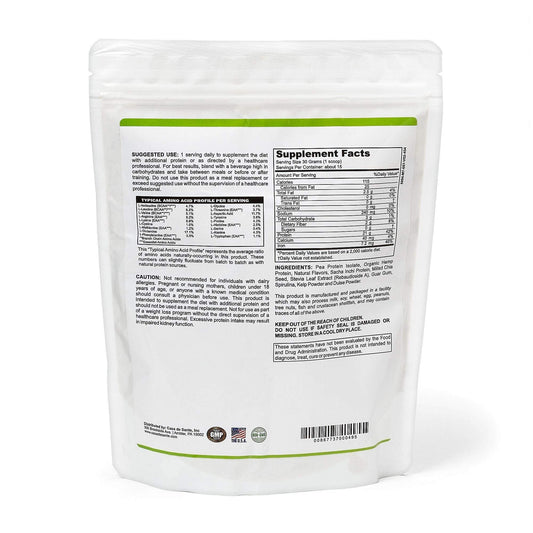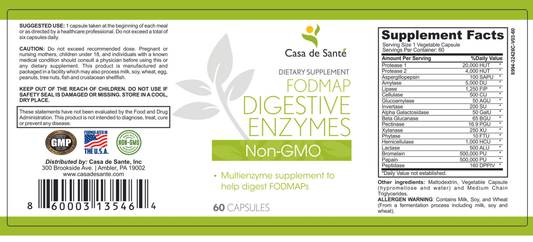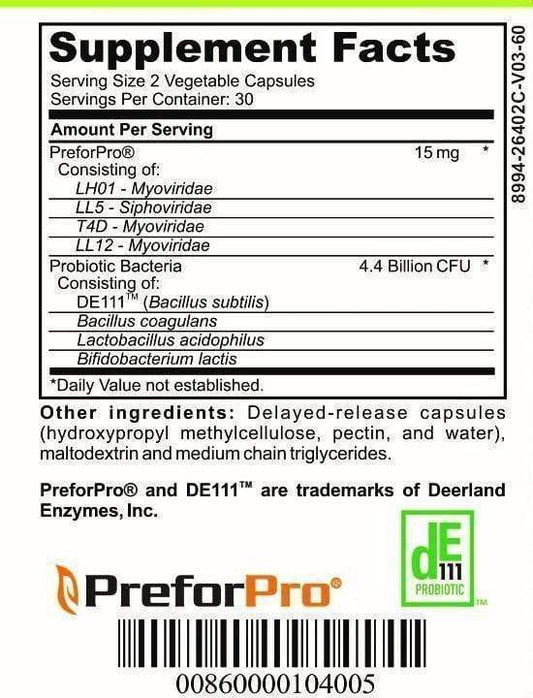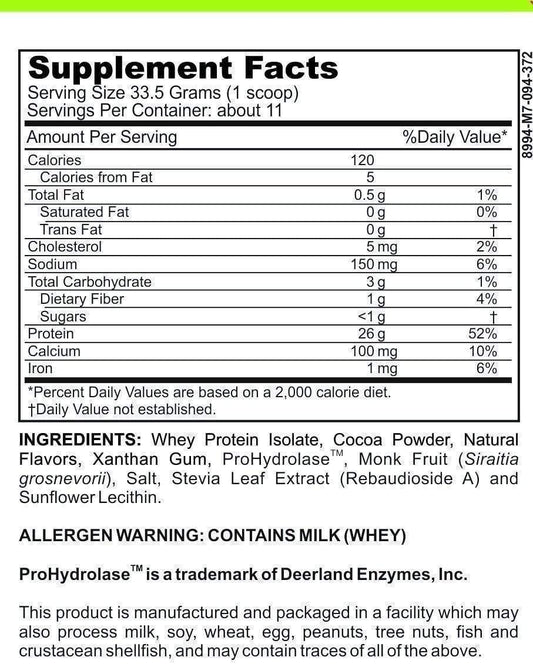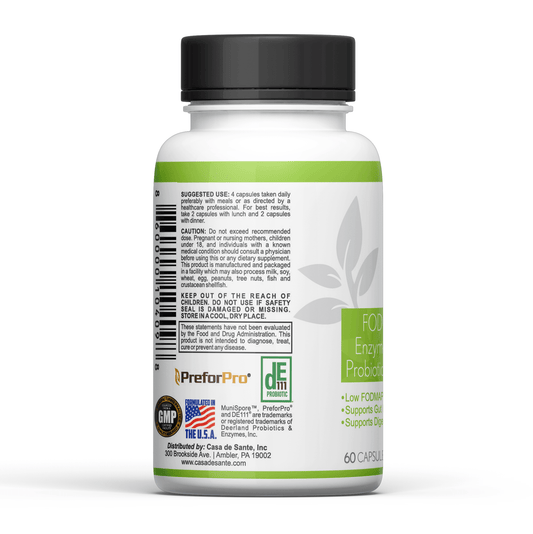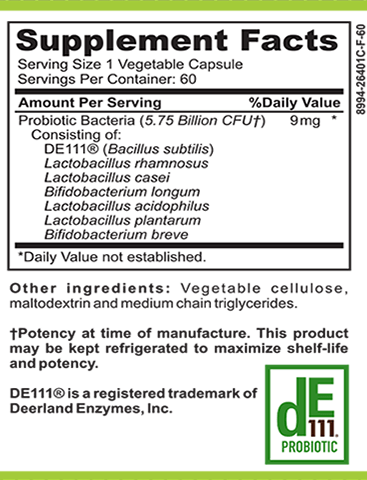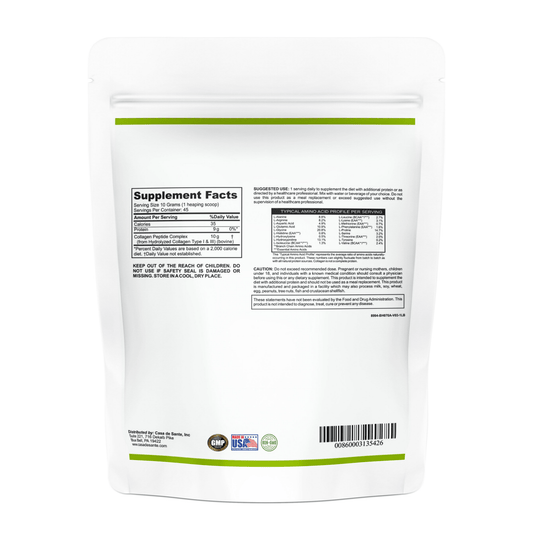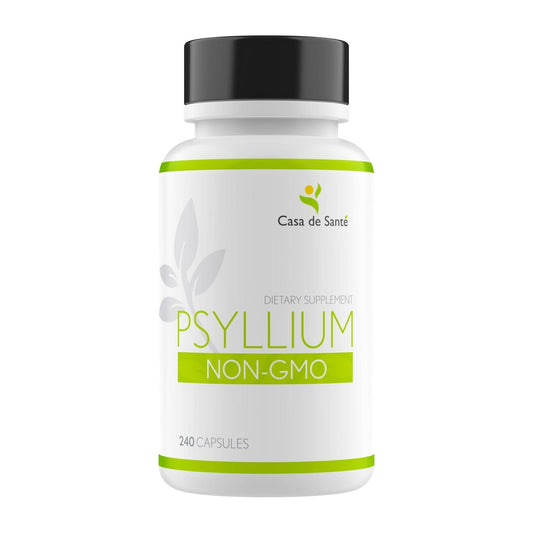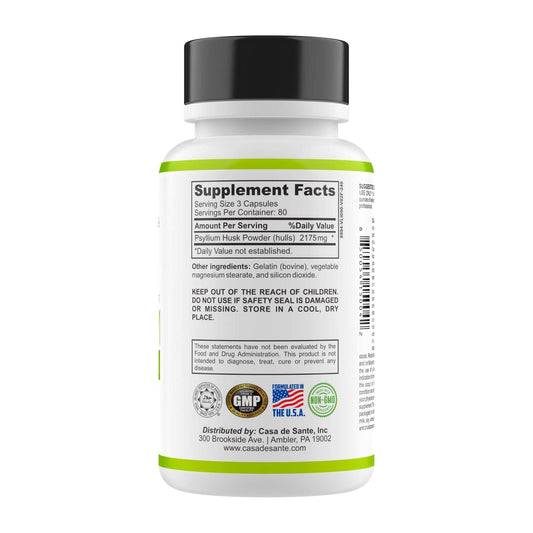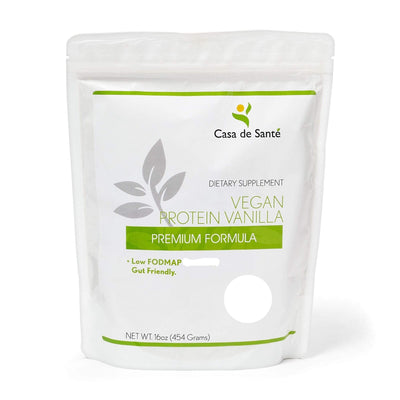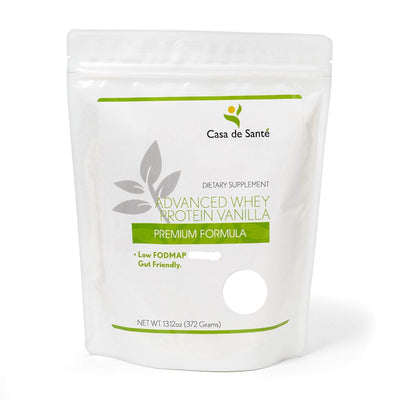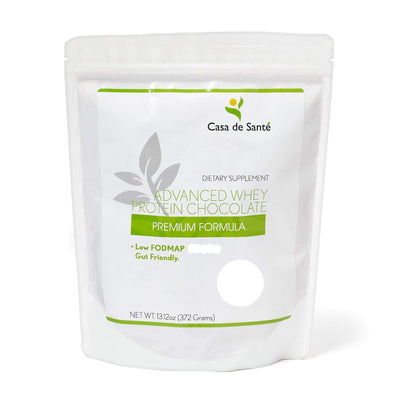Can IBS Patients Eat Radish? A Digestive Guide
Can IBS Patients Eat Radish? A Digestive Guide
Living with Irritable Bowel Syndrome (IBS) means navigating a complex relationship with food. For many patients, the question of which vegetables are safe to eat becomes a daily challenge. Radishes, with their crisp texture and peppery flavor, are popular in salads and various cuisines worldwide—but are they suitable for people with IBS? This comprehensive guide explores whether radishes deserve a place on your plate or if they might trigger unwanted digestive symptoms.
Understanding IBS and Food Triggers
Irritable Bowel Syndrome affects approximately 10-15% of the global population, causing symptoms like abdominal pain, bloating, gas, diarrhea, and constipation. While the exact cause remains unclear, certain foods are known to trigger or worsen symptoms in many patients. The relationship between food and IBS is highly individualized—what causes a flare-up for one person might be perfectly tolerable for another.
Most gastroenterologists now recommend following a low-FODMAP diet as a first-line dietary approach for managing IBS symptoms. FODMAP stands for Fermentable Oligosaccharides, Disaccharides, Monosaccharides, and Polyols—types of carbohydrates that can ferment in the gut and cause digestive distress in sensitive individuals.
The Low-FODMAP Approach
The low-FODMAP diet involves temporarily eliminating high-FODMAP foods, then systematically reintroducing them to identify personal triggers. This approach has shown success rates of 50-80% in reducing IBS symptoms when properly implemented. Understanding where radishes fit within this framework is crucial for IBS patients considering adding them to their diet.
The diet typically progresses through three phases: elimination (2-6 weeks), reintroduction (6-8 weeks), and personalization (ongoing). During the elimination phase, high-FODMAP foods are strictly avoided to allow the digestive system to calm down. The reintroduction phase helps identify specific triggers, while the personalization phase establishes a sustainable long-term eating pattern.
It's important to note that the low-FODMAP diet isn't intended to be a permanent restrictive eating plan. Rather, it serves as a diagnostic tool to help patients and healthcare providers identify specific dietary triggers. Many IBS sufferers find that they can tolerate moderate amounts of certain high-FODMAP foods, or that only specific categories cause problems. For instance, some may react strongly to fructans (found in wheat, onions, and garlic) but tolerate lactose (dairy) without issues. This highlights why personalized approaches are essential for effective symptom management.
Beyond FODMAPs, other dietary factors can influence IBS symptoms, including fat content, spice levels, caffeine, alcohol, and even meal timing or portion sizes. Stress and anxiety also play significant roles in symptom exacerbation, creating a complex interplay between psychological factors and dietary triggers. Many gastroenterologists recommend combining dietary modifications with stress management techniques, regular physical activity, and adequate hydration for comprehensive IBS management. Working with a registered dietitian who specializes in digestive disorders can significantly improve outcomes by providing structured guidance through the challenging process of dietary modification.
Radishes and Their Nutritional Profile
Radishes (Raphanus sativus) are root vegetables belonging to the Brassicaceae family, which also includes broccoli, cabbage, and kale. These crisp, colorful vegetables come in various shapes, sizes, and colors—from the common small red variety to white daikon, black Spanish, and watermelon radishes.
Nutritionally, radishes offer impressive benefits. A 100-gram serving contains approximately 16 calories, 3.4 grams of carbohydrates, 1.6 grams of fiber, and is rich in vitamin C, potassium, and folate. They also contain unique compounds like isothiocyanates, which have been studied for potential anti-inflammatory and antioxidant properties.
Types of Radishes and Their Digestive Impact
Different radish varieties may affect digestion differently. Red globe radishes, the most common type found in American supermarkets, tend to be sharper and more pungent than milder varieties like daikon. This pungency comes from volatile compounds that give radishes their characteristic bite—compounds that some IBS patients report can irritate their digestive tract.
Daikon radishes, popular in Asian cuisine, are generally milder and contain higher water content, which some IBS patients find more tolerable. Watermelon radishes and black radishes fall somewhere in between on the pungency scale. The cooking method also matters—raw radishes retain more of their sharp compounds, while cooking can mellow their intensity.
Potential Benefits for Digestive Health
Beyond their nutritional value, radishes have been used in traditional medicine systems for digestive support. They contain natural enzymes that may aid digestion and have mild diuretic properties that can help with water retention. The fiber in radishes can support regular bowel movements—beneficial for IBS patients who struggle with constipation-predominant symptoms.
Research suggests that the antioxidants in radishes might help reduce inflammation in the digestive tract, potentially benefiting some IBS patients. However, these potential benefits must be weighed against the risk of symptom triggers in sensitive individuals.
Are Radishes Low or High FODMAP?
According to the most current research from Monash University, the global authority on FODMAP content in foods, radishes are considered low FODMAP in servings of up to 75 grams (approximately 10 small radishes). This means that for many IBS patients following a low-FODMAP diet, moderate amounts of radishes can be included even during the restrictive elimination phase.
However, larger portions may become problematic. Consuming more than 75 grams of radishes in one sitting can push the FODMAP content into the moderate range, potentially triggering symptoms in sensitive individuals. The specific FODMAPs present in larger servings of radishes include fructans and GOS (galacto-oligosaccharides).
FODMAP Content by Radish Variety
Different radish varieties have slightly different FODMAP profiles. Red radishes and daikon have been thoroughly tested and confirmed as low FODMAP in appropriate portions. Black radishes and watermelon radishes haven't been specifically tested by Monash University, so IBS patients might want to approach these varieties with more caution.
It's worth noting that radish sprouts and microgreens have a different nutritional and FODMAP profile compared to mature radish roots. While specific FODMAP testing data for radish sprouts is limited, many IBS patients report tolerating them well in small amounts.
Beyond FODMAPs: Other Considerations for IBS Patients
While the FODMAP content is important, it's not the only factor that determines whether a food will trigger IBS symptoms. Radishes have several other characteristics that IBS patients should consider before adding them to their diet.
Spiciness and Digestive Irritation
The pungent compounds in radishes that create their distinctive spicy flavor can irritate sensitive digestive tracts regardless of FODMAP content. These compounds, including various isothiocyanates, stimulate the same pain receptors that respond to heat and can cause a burning sensation in some people.
For IBS patients who also experience acid reflux or heartburn, the spiciness of raw radishes might exacerbate these upper digestive symptoms. Cooking radishes significantly reduces their pungency, making them potentially more tolerable for sensitive individuals.
Fiber Content and Gas Production
Radishes contain both soluble and insoluble fiber, which affects digestion in different ways. While fiber is generally beneficial for gut health, sudden increases in fiber intake can cause gas, bloating, and changes in bowel habits—all potential triggers for IBS flare-ups.
The insoluble fiber in radish skins can be particularly stimulating to the digestive tract, sometimes causing increased motility (movement through the digestive system). For IBS-D (diarrhea-predominant) patients, this could potentially worsen symptoms, while IBS-C (constipation-predominant) patients might actually benefit from this mild stimulating effect.
Practical Tips for Including Radishes in an IBS Diet
If you're an IBS patient interested in adding radishes to your diet, these practical strategies can help minimize the risk of triggering symptoms while enjoying their nutritional benefits.
Start Small and Monitor Symptoms
Begin with a small portion—perhaps 2-3 small radishes (about 25 grams)—and observe how your body responds over the next 24-48 hours. Keep a food and symptom journal to track any potential reactions. If you tolerate this initial serving well, you can gradually increase to the full low-FODMAP serving of 75 grams.
Consider trying different varieties to see if your body responds differently. Some IBS patients find that milder radishes like daikon cause fewer symptoms than spicier varieties. Testing both raw and cooked preparations can also help identify the most tolerable option for your specific digestive system.
Preparation Methods That May Improve Tolerance
Cooking radishes can significantly alter their digestibility. Roasting, sautéing, or adding them to soups mellows their pungent compounds and softens the fiber, potentially making them easier to digest. The cooking process breaks down some of the complex carbohydrates and fiber structures that might otherwise cause gas or bloating.
Peeling radishes removes some of the insoluble fiber in the skin, which might help reduce digestive irritation. Fermenting radishes, as in traditional preparations like Korean kimchi, introduces beneficial probiotics while potentially breaking down some problematic compounds—though fermented foods can be problematic for some IBS patients.
Complementary Foods and Timing
The foods you pair with radishes can influence how your digestive system responds. Consuming them with a source of healthy fat, like olive oil or avocado, can help slow digestion and minimize potential irritation. Avoiding eating radishes on an empty stomach may also reduce the likelihood of digestive discomfort.
Consider timing your radish consumption during periods when your IBS symptoms are typically less active. Many patients find that their digestive systems are more sensitive during high-stress periods or hormonal fluctuations, so enjoying radishes during your "better" digestive days might improve tolerance.
Conclusion: Can IBS Patients Eat Radish?
The answer to whether IBS patients can eat radishes isn't a simple yes or no—it depends on individual tolerance, portion size, preparation method, and overall digestive sensitivity. For many IBS patients, especially those following a low-FODMAP diet, moderate portions of radishes (up to 75 grams) can be included without triggering symptoms.
However, the unique properties of radishes—their spiciness, fiber content, and digestive-stimulating effects—mean that some IBS patients may still experience symptoms even with low-FODMAP portions. As with all foods for IBS management, personal experimentation under the guidance of a healthcare provider is the best approach.
If you enjoy radishes and want to include them in your diet, start with small portions, consider cooking them to reduce irritation, and pay close attention to how your body responds. With careful introduction and preparation, many IBS patients can successfully incorporate these nutritious root vegetables into their diet, adding variety and valuable nutrients without triggering uncomfortable symptoms.


